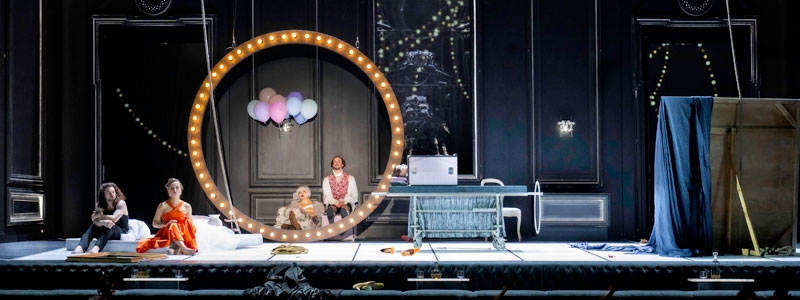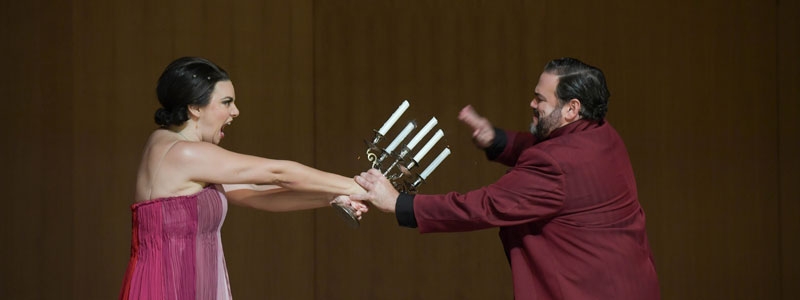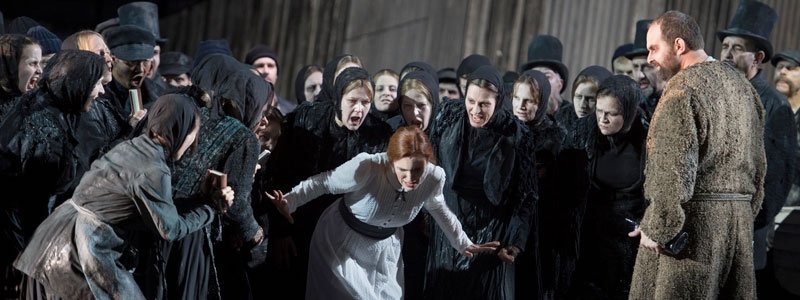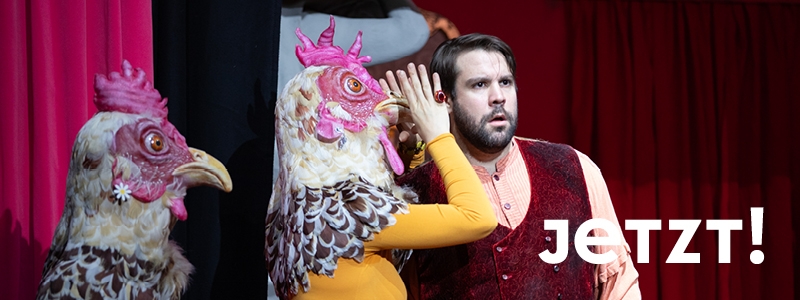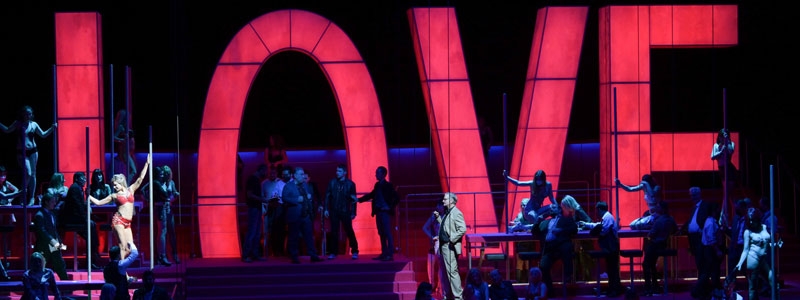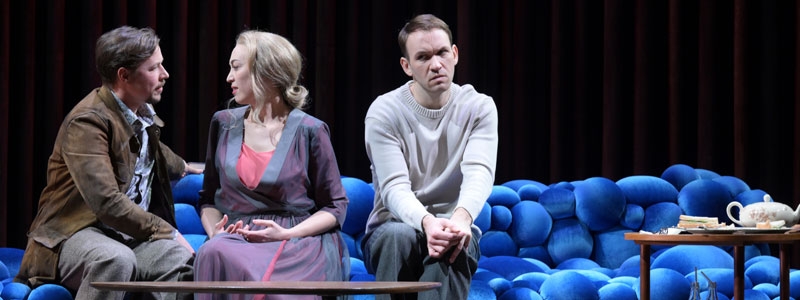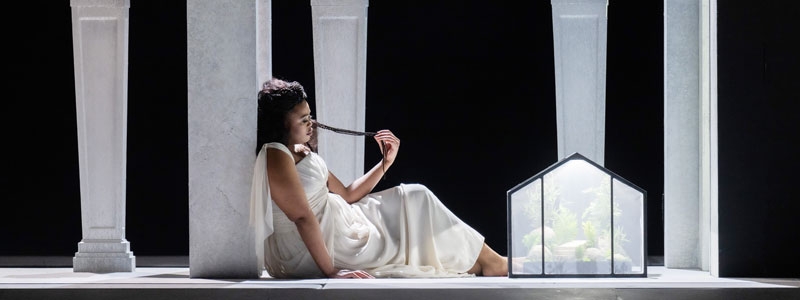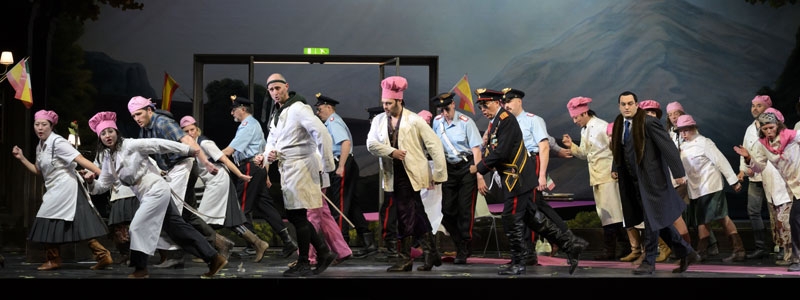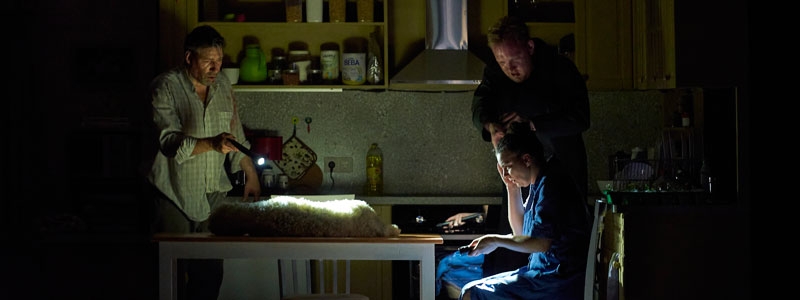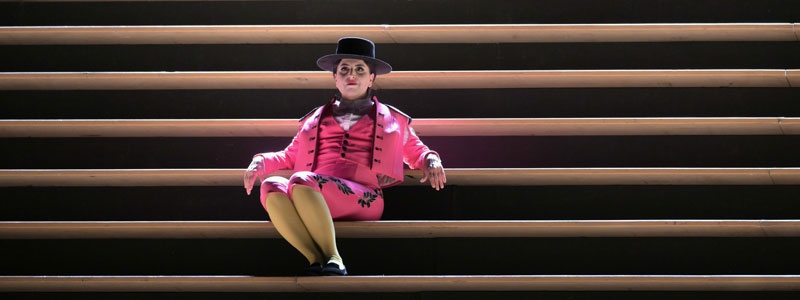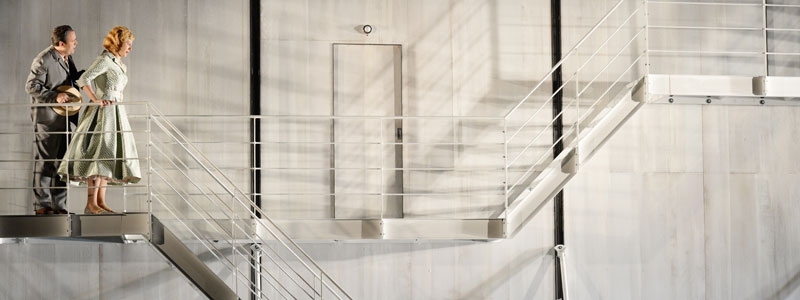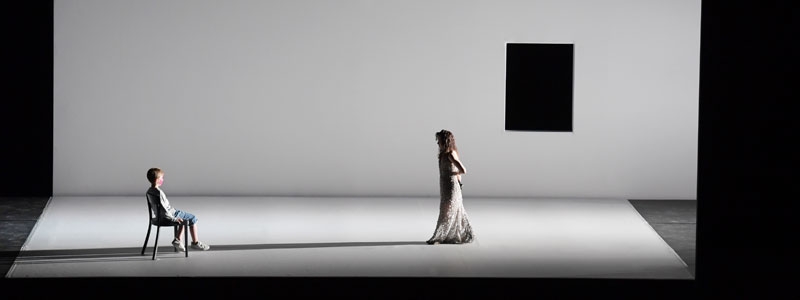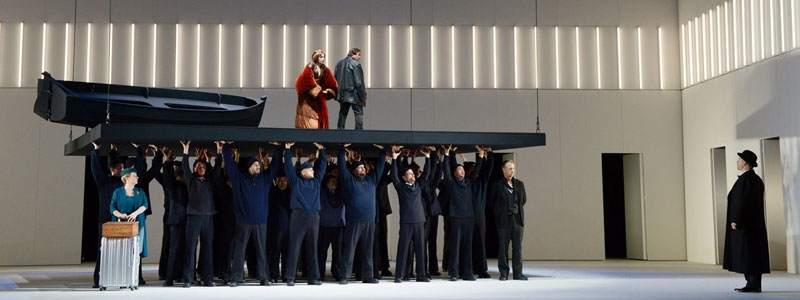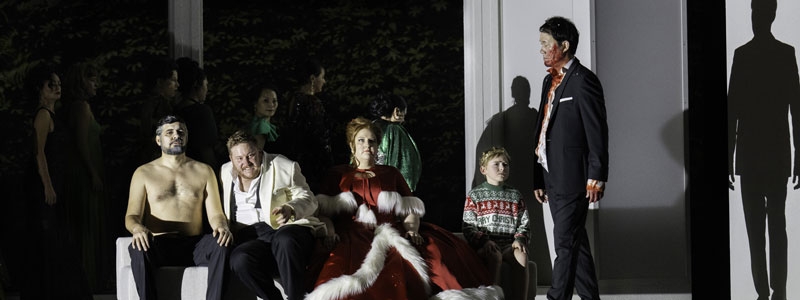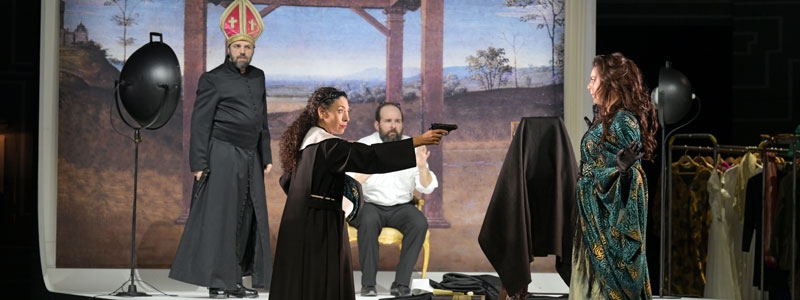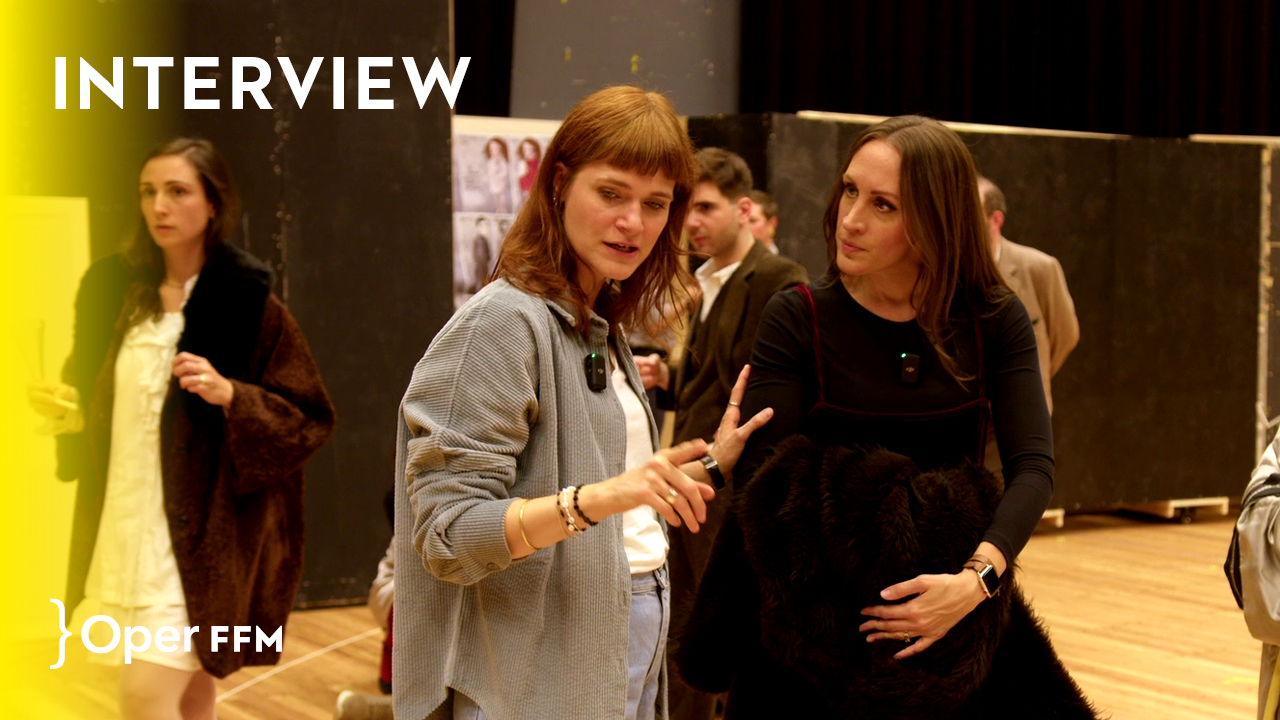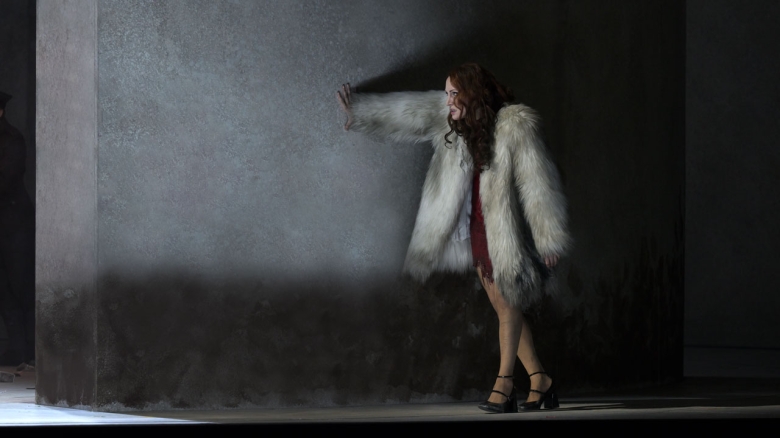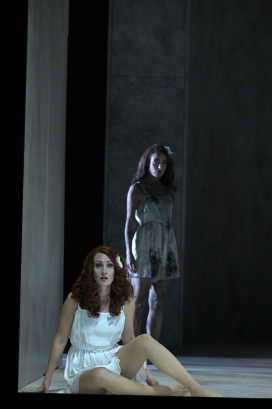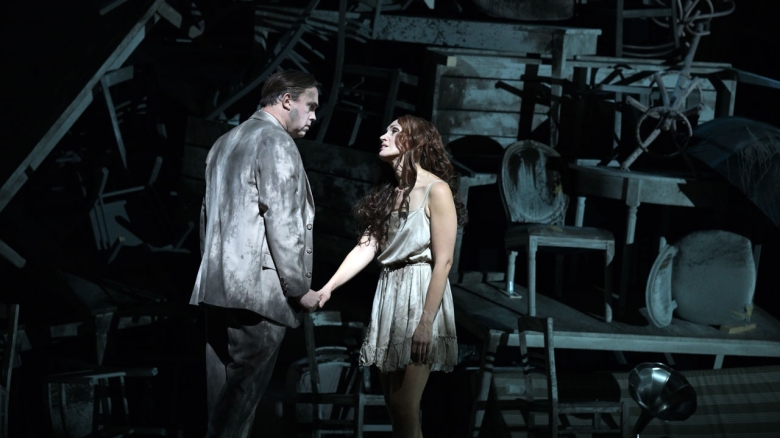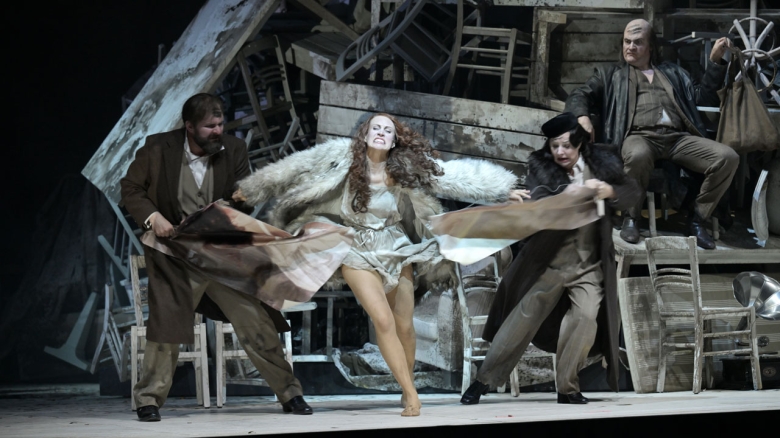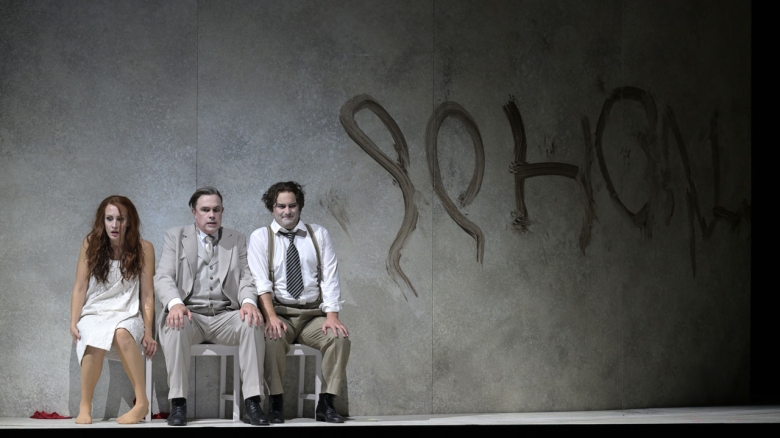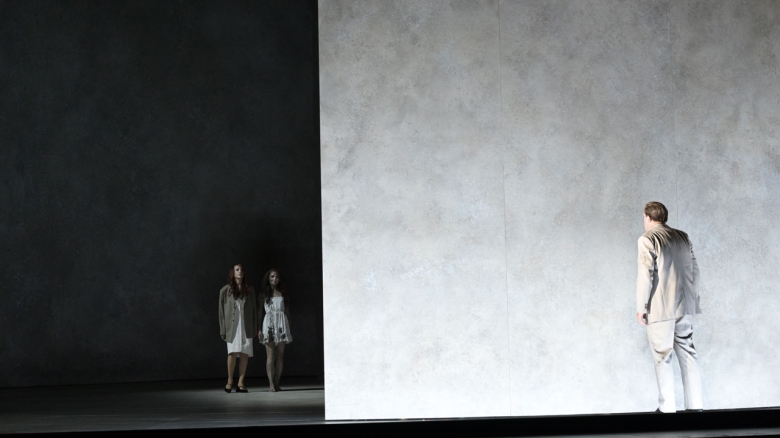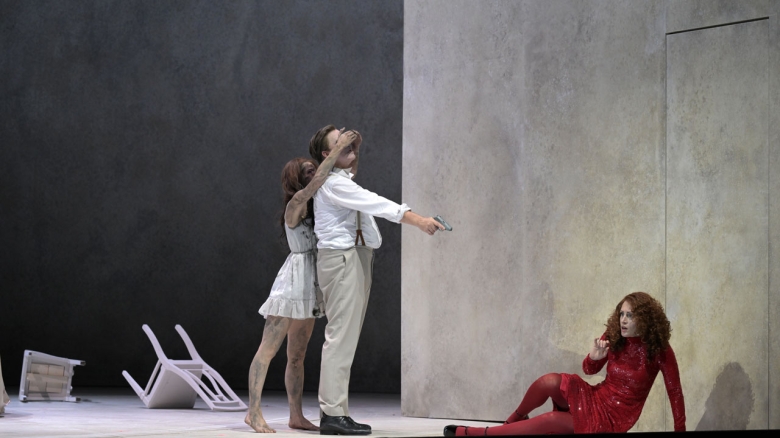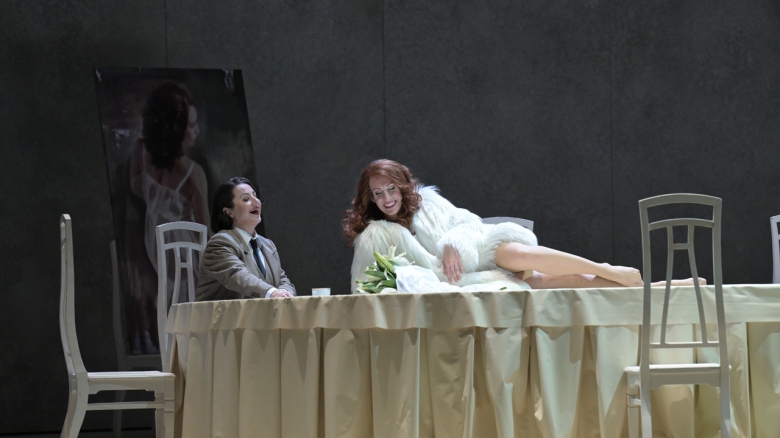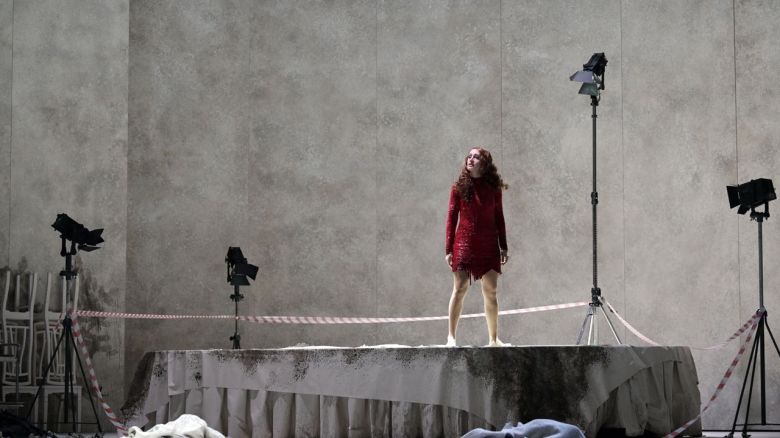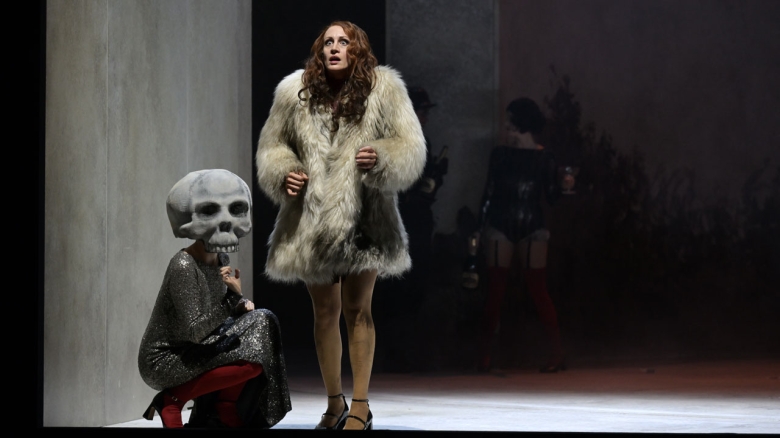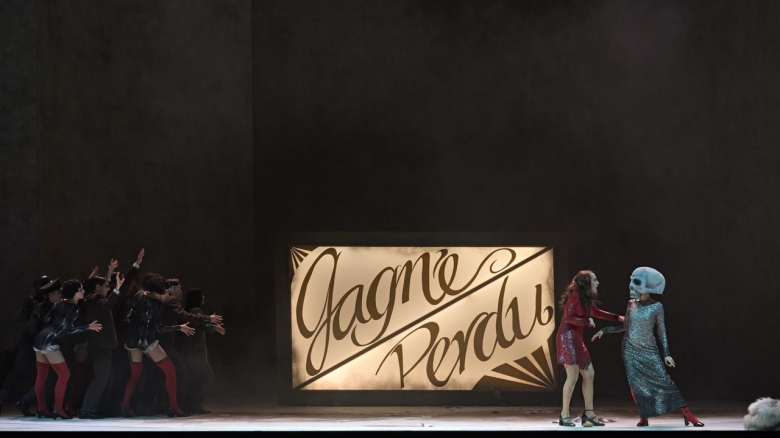Lulu
Alban Berg 1885—1935
Opera in 3 acts
Libretto by the composer after Frank Wedekind
World premiere June 2 1937, Stadttheater, Zürich
3 act version, completed by Friedrich Cerha, first seen 24 February 1979, in Paris
Sung in German with German & English surtitles
Introductory talks (in German) begin in the Holzfoyer 3o mins before curtain up, and appear here shortly after opening night
There's a chamber music concert at 11am on December 8, inspired byLulu
Prologue An animal tamer welcomes his audience. Heralding »the prototype of woman«, »innocence itself, his pride and joy«.
Act 1 An artist’s studio. Lulu’s posing for her portrait. Dr Schön, a well known editor-in-chief who rescued Lulu from the streets and took her in when she was young, is there too. His son Alwa, an aspiring composer, joins them and feels the tension between Lulu and his father. Although Schön married Lulu off to Dr Goll and is engaged to be married, he can’t cut himself loose from her. When Lulu’s alone with the artist he oversteps the mark. Dr Goll witnesses this and dies of a heart attack.
The painter’s apartment. On Schön’s instigation, Lulu married the painter, who’s making a notable career as an artist with her as his model. Schigolch, who Lulu used to belong to, turns up, asking for money. Schön arrives, intent on severing ties with Lulu, so he can marry his fiancée at last and »lead her under a respectable roof«. A hefty argument breaks out, during which the painter finds out from Schön about his former relationship with Lulu. He kills himself.
In the Theatre. Schön had Lulu trained as a professional dancer. She’s enjoying a huge success in Alwa’s new revue. A Prince wants to marry her and take her to Africa. When Lulu sees Schön and his fiancée in the audience, she collapses on stage. A major altercation ensues in her dressing room. Lulu forces Schön to write a farewell letter to his fiancée.
Act 2 Dr Schön’s apartment. Lulu’s got what she wanted and married Schön. Gräfin von Geschwitz has come to call. Schön observes her deep admiration and passion for Lulu with disapproval and jealousy. His psyche’s shattered, he thinks to see his wife’s secret lovers everywhere. As soon as he, like every Thursday, has left for the stock exchange, Schigolch, the athlete and a schoolboy come out of hiding and pay tribute to Lulu. Alwa’s unexpected visit forces all three to hide again. He shyly confesses his love for Lulu, but is interrupted by the servant, who fancies her too. The master of the house comes home, unnoticed, and sees his suspicions confirmed: even his son’s besotted with his wife. Schön threatens Lulu with a gun, demanding that she take her own life. Lulu tries to explain, but Schön won’t listen. A scuffle breaks out. Lulu shoots her husband in self-defence. She’s arrested and taken into custody as a murderess. INTERVAL
Dr Schön’s deserted apartment, 2 years later. Geschwitz’s ingenius plan to get Lulu out of prison worked. The athlete intends to marry her and turn her into »the most graceful aero-gymnast of our times«, but unceremoniously dumps her when he sees how dreadful she looks after being in prison. Schigolch organises passports and tickets to go to Paris with Lulu. Lulu takes advantage of Alwa’s devotion, by persuading him to cross the border with her.
Act 3 In Paris. Lulu tries in vain to gain a foothold in hedonistic Parisian society. A girl trafficker and the athlete blackmail the fugitive by threatening to report her to the police. As a last, desperate, resort she employs her powers of seduction: persuading Geschwitz to lure the athlete to a dosshouse, so Schigolch can murder him. Lulu manages to give the girl trafficker and police the slip by swapping clothes with a groom. She flees to London with Schigolch, Alwa and Geschwitz.
In London. Lulu’s working as a prostitute to make ends meet. Geschwitz arrives with Lulu’s portrait, which she »secretly cut out of its frame« in Paris. Lulu recoils in horror from her former likeness. For Alwa the painting’s beauty justifies his social decline. Then a drunken punter kills him. Lulu’s encounter with Jack the Ripper, who reminds her of Dr Schön, grimly ends her mortal coil: Lulu is murdered.
Lulu's uniqueness challenges the norm. Is she real, a mythological figure or a figment of men's imagination? Innocent victim or a destructive demon? She's none of these things yet all of them. This feral, vulnerable, creature's struggle with the world, during which she's appropriated and exploited before being murdered, began when she was dragged out of her element.
Alban Berg started working on Lulu, based on Frank Wedekind‘s tragedies Earth Spirit & Pandora’s Box, in 1928, but never finished it. When the composer died in 1935, acts 1 and 2 were complete, but only a piano score, with instrumental instructions and about a third of Berg’s instrumentation, remained for act 3. The world premiere of this torso took place in 1937 in Zurich, and the completed version, by Friedrich Cerha, about 40 years later at the Opéra in Paris.
Berg’s score for Lulu grew symmetrically following in the steps of twelve-tone technique invented by his teacher Arnold Schönberg, to whom he dedicated the opera. While the main roles are characterised using leitmotifs, Berg played with a diversity of sounds and musical forms, which he combined with interludes, melodramatic and recitative passages into one big whole. This enabled his music to develop its own expressivity and bring deep insight into the characters’ psyche. An opera to revolutionise opera.



